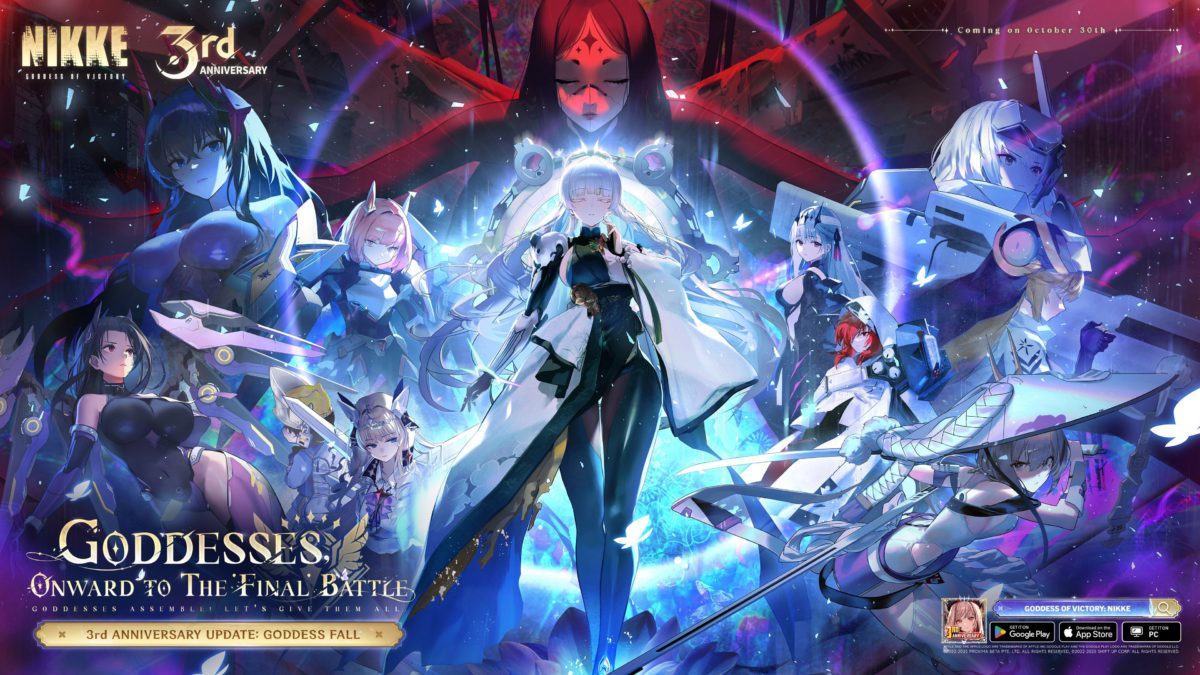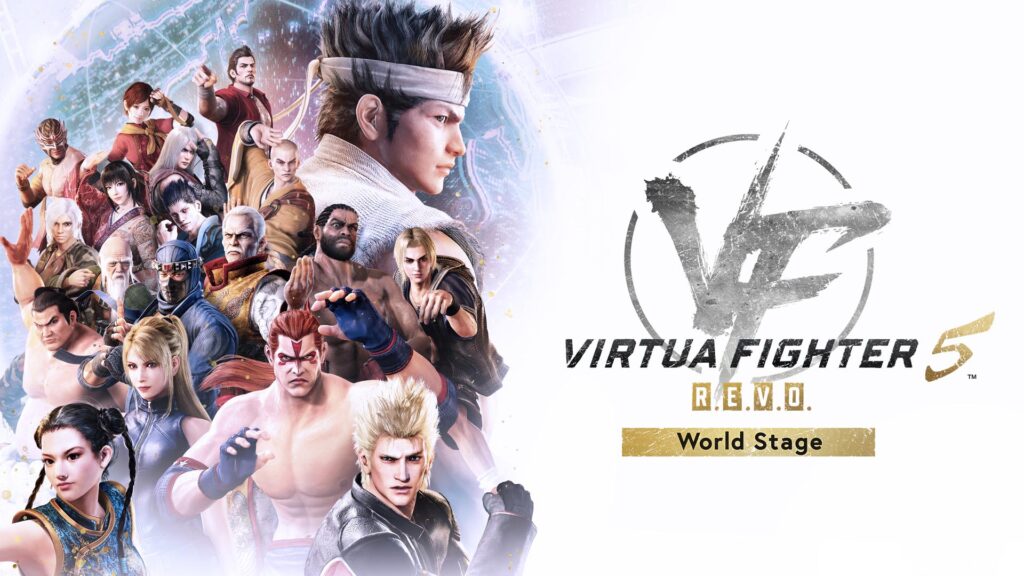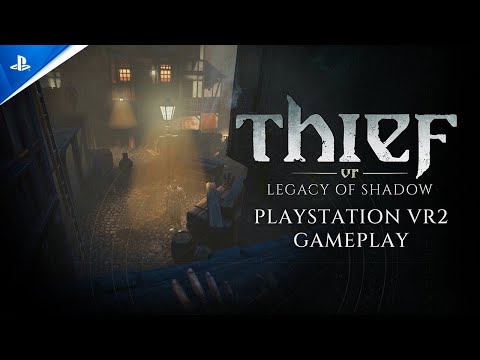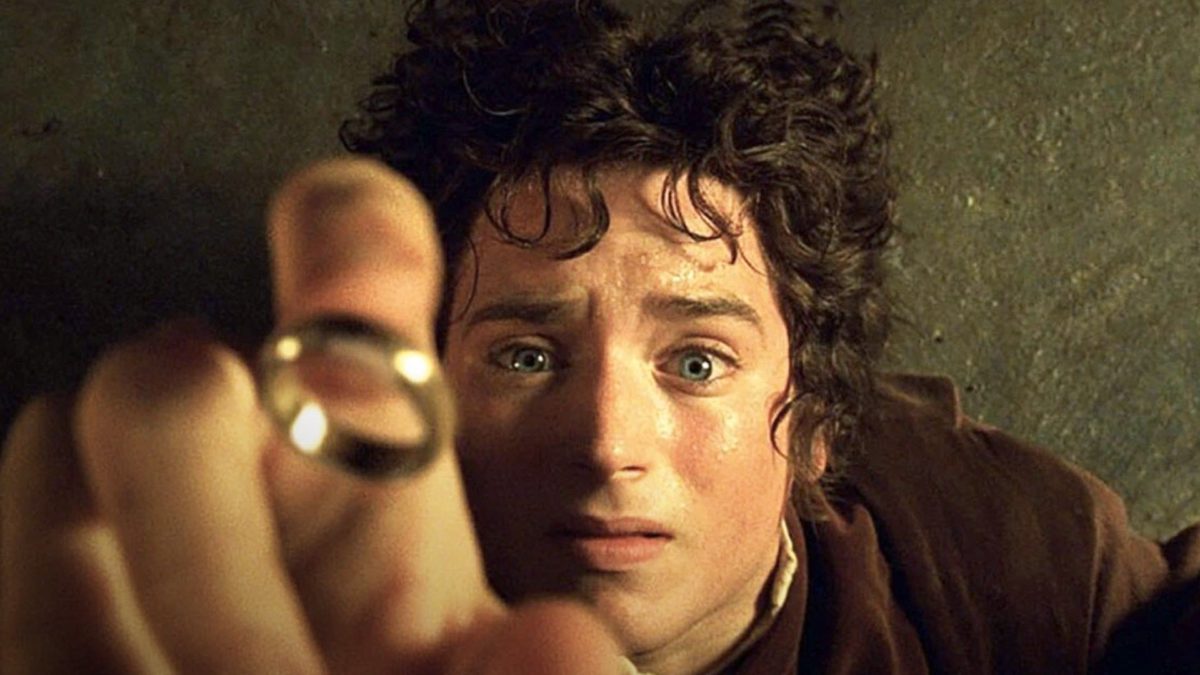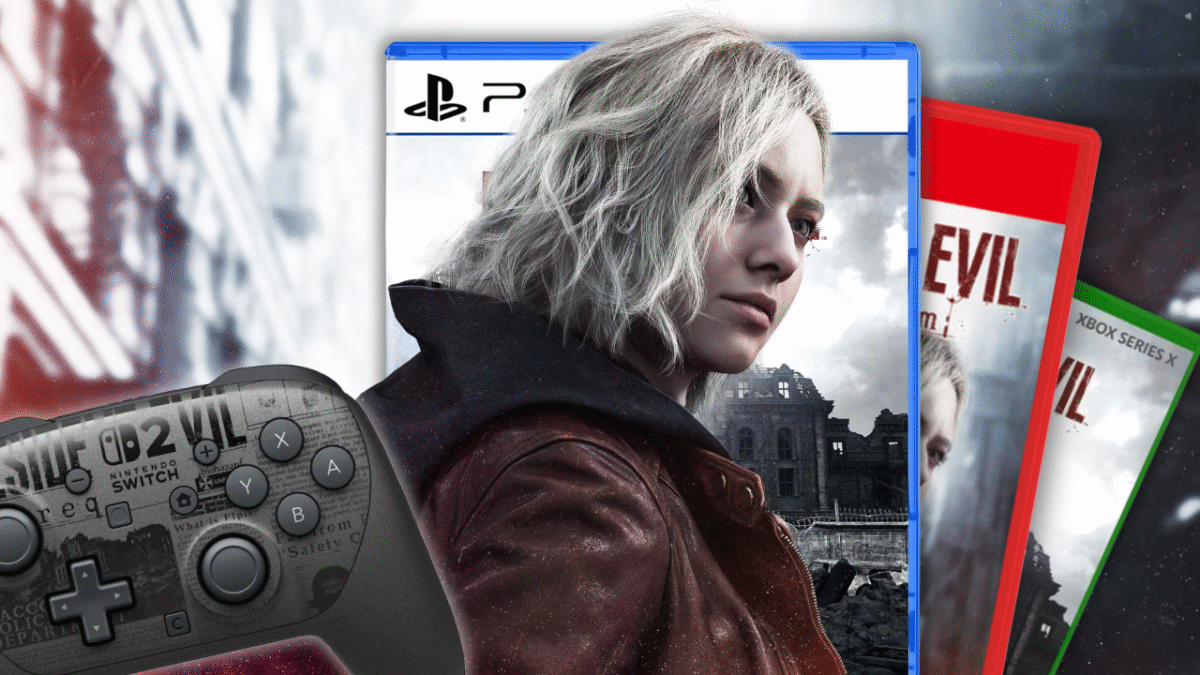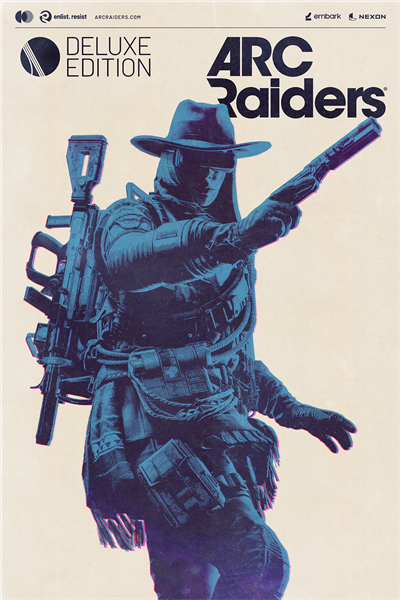
The third anniversary of Goddess of Victory: Nikke arrives in November, and today it launched its biggest in-game event yet that includes the culmination of the main “Rapture Queen” storyline and the largest-scale battles the game has seen.
If you don’t know about Goddess of Victory: Nikke, it’s a free-to-play third-person idle shooter from Korean developer Shift Up that’s available on Android, iOS, and PC. Downloaded more than 45 million times since its launch in November 2022, it has a roster of more than 160 “Nikke,” android soldiers who you take into battle in an effort to reclaim the overworld from a vicious race of aliens called Raptures who forced humanity to flee underground.
That conflict comes to a head in this new story event, which will see players face off in a final battle against the evil Rapture Queen. But that’s just scratching the surface of what’s coming in the anniversary update. The other big addition is the new Surface Beta mode, which features large-scale simulation-style battles where you assemble Nikke squads, fight Raptures, collect resources, and capture strongholds.
And, of course, it wouldn’t be a major update without new recruitable characters. New SSR characters Nayuta and Liberalio will be recruitable through the normal gacha system, while SSR Chime will be a free anniversary event character. Nayuta and Liberalio will take center stage in the new story content, with Nayuta rallying her Pioneer Squad against the Rapture Queen, who Liberalio reveres as a mother figure.
The anniversary event adds a new gacha costume for Red Hood and pass costumes for Crown and Siren. Plus, it’s bringing back a re-run of the powerful Pilgrim characters, letting you choose one of Modernia, Dorothy, or Red Hood as your exclusive event pull. And there will be limited-time challenges like new boss fights, a new Union Raid, Solo Raid, and multiple minigames and events.
With the third anniversary fast approaching, we chatted with game director Yoo HyungSuk. He’s a 15-year veteran of the Korean gaming industry who started his career as a combat planner on MMORPGs. His previous work also includes being the director/planning director for games like Overhit and Lost Ark. He joined Shift Up in 2020, when he was named game director of Goddess of Victory: Nikke. We talked to him about the game’s successful three-year run, how the dev team approached the new anniversary content, their plans for the future, and more.
According to your livestream, the new anniversary story content leads to what is a “final battle.” Could you explain why such a storyline is being launched at this point?
Yoo HyungSuk: Since launch, Nikke has had a considerable number of stories that are spread in all directions. We realized the need to slowly gather the stories that have branched out over the past three years into a single storyline, and the third anniversary is the starting point of this plan.
Nayuta, the featured character for the third anniversary update, is unique compared to previous Nikke characters. Can you talk about the concept behind the development of this character and the different abilities they have?
Yoo HyungSuk: All members of the Pioneer squad are based on classic JRPG parties. Snow White is the heavily armored knight and tanker. Scarlet is the agile swordswoman and DPS. Rapunzel is the priest who heals. That’s how it works.
Nayuta is the fourth member, so she was designated as the monk who supports. We didn’t want her to be stronger than the other three members in combat, so we developed her to focus on utility, which led to the abilities she has now. Her main ability is using her clones to learn massive amounts of information. As a former D.E.E.P. member, she’s also familiar with over-technology.
You’re also introducing a new gameplay mode called Surface Beta to launch alongside the third anniversary. Can you tell us more about it?
Yoo HyungSuk: As its name suggests, the Surface Beta content allows players to explore the biggest world in Nikke. To make the experience more immersive, we decided to adopt a simulation-style battle system instead of the existing shooting battle format. We incorporated fun elements across the expansive field, such as uncovering hidden areas and solving puzzles. Mainly, we want players to experience the battles against Lord-class Raptures. As Raptures have basic gimmick patterns based on the surface, it is important to choose the squads’ locations wisely. We will also introduce even stronger bosses in the future, so stay tuned for more!
Your dev team has consistently created new minigames throughout Nikke’s three-year run. What factors are usually considered when deciding what type of minigame to develop?
Yoo HyungSuk: In major events like this anniversary, minigames are not mini. Given how important this update is, we put more effort into the game mode, with this one featuring a never-before-seen genre with unique visuals and an impressive scale. It’s a management simulation-style game where you restore Eden, which was destroyed for a mysterious reason.
Just the fact that we’re here celebrating the three-year anniversary shows how successful the game has been and how it’s maintained a connection with the community. What do you think are the reasons for that success?
Yoo HyungSuk: We think our Commanders enjoy unique content and stories that are different from other games. In this age of content overload, providing gameplay, visuals, and stories similar to other titles would be nothing short of boring.
Fans of our game have a deep understanding of our content and stories. Since we have to keep delivering excellent content and narratives without disappointing them, we really try to emphasize to the whole development team that they should truly love the game and then it’s not just work. We will continue keeping this in mind and work harder to make our game better, so please stay tuned.
Since Nikke first launched, what have been the biggest difficulties you’ve run into and how did you overcome them?
Yoo HyungSuk: In the past three years, our biggest problem has been figuring out how to adapt to this fast-changing era and deciding what content and stories we should deliver to bring players for maximum fun. This issue has persisted for three years and will continue into the future. We are game developers, and fun is the core value of any game, so it’s only right that we face this challenge and keep bringing more fun and new content to our players. So it’s both a joyful and difficult journey.
That’s an interesting perspective. Do you think needing to adapt to that change has helped keep the dev team engaged? I imagine it can sometimes be difficult working on the same game for years even after release, dealing with complacency or burnout. But do you think having those consistent challenges to overcome helps with that?
Yoo HyungSuk: Yes, when we set endless goals it’s indeed possible to encounter problems like job burnout. Like boxers, we need to constantly compete, prove our ability, and have strong mental resilience.
This is why, from the very beginning, we’ve emphasized to the development team that, rather than aiming for zero mistakes, what matters more is learning from the mistakes and growing. After adopting this mindset, we noticed that continuously setting goals actually helps improve the team’s focus.
You’ve been able to collaborate with some big franchises, from Evangelion to Stellar Blade to Nier: Automata to the recent Resident Evil. What’s the process in deciding who to collaborate with?
Yoo HyungSuk: Collaborations are decided through various discussions, but recently, we’ve focused on finding IPs that players who like Nikke will enjoy, even if they’re not familiar with it. We designed the Resident Evil minigame with this perspective in mind, and we hope players are having fun with it.
Nikke has also shown up at some surprising real-life events, like the San Diego Padres baseball game and on the Hudson River in New York. Will we see Nikke at other real-world events in the future?
Yoo HyungSuk: Of course! Bringing multifaceted enjoyment that goes beyond the game to our Commanders makes us happy. In particular, seeing Rapi throw the first pitch at Petco Park in San Diego was especially an honor for us. We’ll continue to do our best, so please keep watching us.
Speaking of the future, what does Shift Up have planned for Goddess of Victory: Nikke in 2026?
Yoo HyungSuk: In 2026, we will continue to work hard to give you fun experiences, both in-game and beyond. We’re preparing various events and updates to surprise you, and we’re ready to bring more special surprises for the 3.5 and fourth anniversaries. I’m already excited now. In 2026, we also plan to improve the quality of our operations to provide a more stable experience. Hope you all enjoy the game.
Since the third anniversary’s story is centered around the “final battle” theme, could you give us a hint about what comes next?
Yoo HyungSuk: We hope in 2026 our story could move on to the next stage. We plan to gather the countless stories we’ve told so far, converge them into one culminating point, and then move forward.
Nikke has built up quite a following of passionate fans around the world in its three years. As we celebrate the anniversary, is there anything you want to say to the players who’ve been on this journey with you?
Yoo HyungSuk: This year, we participated in the LA Anime Expo with Cosmograph and had the opportunity to talk to American players in person. Many of them expressed their gratitude, and some even shed tears of excitement upon meeting us. This left a lasting memory in my heart.
For those of us who spend all day in the office, this opportunity to meet players in person is extremely invaluable. Being able to personally feel the love from fans is truly blissful. Although developing the game and providing live service is sometimes hard and exhausting, the support from players pushes us to overcome difficulties and pick ourselves back up over and over again, and come up with more exciting and fun events.
Goddess of Victory: Nikke is available to download for free on the game’s official website, or on the App Store or Google Play. You can also join the game’s community on Discord, Twitter, Facebook, or YouTube.

